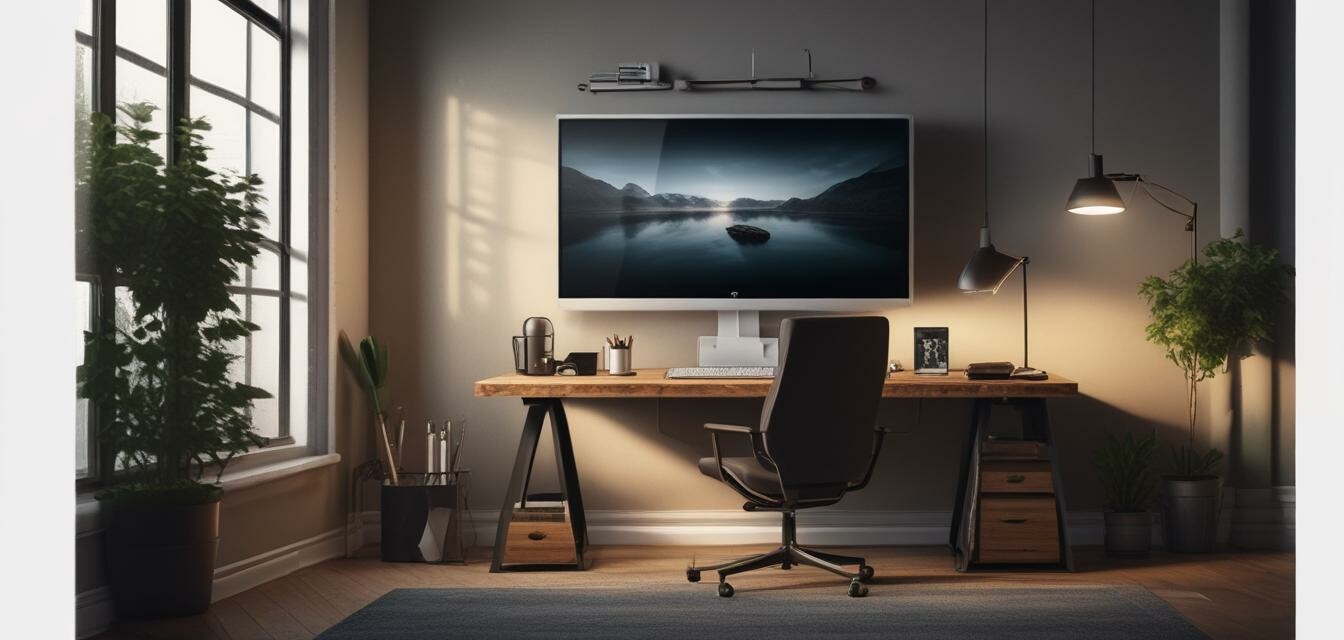
How Hybrid Work is Changing Office Furniture Needs
Key Takeaways
- Hybrid work models are increasing the demand for adaptable and multifunctional office furniture.
- Professional sentiment is shifting towards comfort and versatility in workspaces.
- Technology integration in furniture is becoming essential for productivity.
- Space-saving designs are popular among remote workers.
The shift towards hybrid work has significantly influenced the way professionals view their home office setups. With a blend of remote and in-office work, employees require adaptable and multifunctional furniture that meets both comfort and productivity needs. In this article, we will explore how these changes are reshaping office furniture requirements and what factors are driving this transformation.
1. The rise of hybrid work models
The hybrid work model is reshaping traditional workspaces. Many organizations are adopting flexible arrangements that allow employees to split their time between home and the office. As a result, there is an emerging trend towards office furniture that caters to this setup.
Statistics on hybrid work
| Statistic | Percentage |
|---|---|
| Employees working remotely at least once a week | 55% |
| Companies adopting hybrid work models | 70% |
| Workers prioritizing comfort in their workspace | 80% |
2. Key considerations for office furniture
As companies and workers embrace hybrid models, certain characteristics of office furniture are becoming increasingly important:
2.1 Adaptability
Furniture that can adjust to different settings is highly sought after. Whether it’s a desk that can transform from standing to sitting or modular shelves that can be reconfigured, adaptability is key.
2.2 Multifunctionality
With limited space in home offices, multifunctional furniture is a considerable advantage. For instance, sofas that can convert into beds or desks that double as dining tables are popular choices. This efficiently maximizes space and functionality.
2.3 Comfort
Comfort in the workplace is essential for productivity. Ergonomic chairs and desks that promote healthy posture are increasingly important as employees spend more hours working from home. (See our article on ergonomic chairs for more insights.)
3. Technology integration
The modern office is also about technology. Furniture that incorporates technology, like desks with integrated charging stations, are gaining traction as workers seek greater efficiency in their setups. Compatibility with devices is becoming a prerequisite for many users.
Pros
- Enhanced flexibility for work arrangements.
- Improved comfort and productivity.
- Multi-purpose furniture saves space.
- Modern designs complement home aesthetics.
Cons
- Initial investment may be high for quality furniture.
- Space constraints can limit choices.
- Overwhelming options can make decision-making difficult.
4. Trends in office furniture design
Several design trends have emerged in response to the changing needs of hybrid workers:
4.1 Sustainable materials
Sustainability is a significant trend, with consumers looking for furniture made of recycled or eco-friendly materials. Companies are responding by creating products that cater to environmentally conscious buyers.
4.2 Minimalism and multifunctionality
Designs that emphasize simplicity while offering multiple functions are trending. Furniture pieces are being created to fit seamlessly into any room, ensuring a cohesive aesthetic.
4.3 Compact designs
Space-saving furniture is becoming a staple. As remote work continues to be a norm, furniture that can easily be stored or transformed is gaining popularity among home workers.
5. Conclusion
In summary, the hybrid work model is driving significant changes in office furniture needs. As adaptability and multifunctionality come to the forefront, we see a growing demand for designs that not only enhance comfort but also incorporate technology seamlessly. It is vital for professionals to choose furniture that supports their hybrid work, providing a workspace that is both practical and inviting. For more insights into setting up your home office, check out our Setup Inspiration section.